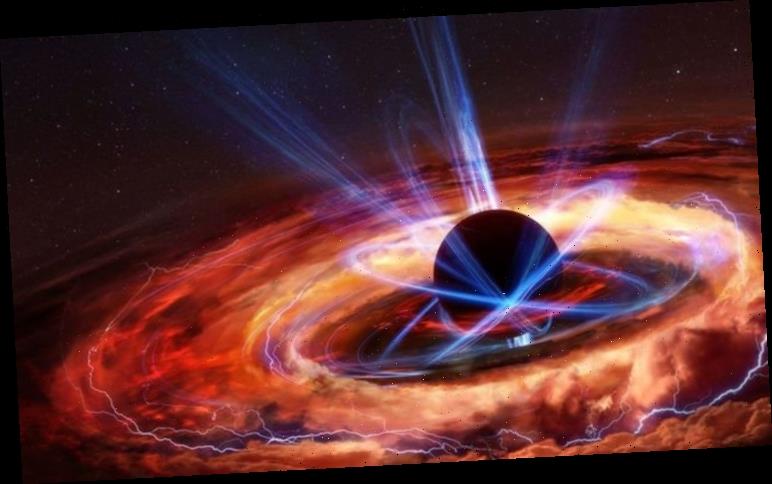
Particles such as atoms and electrons possess spin, or the internal angular momentum that is analogous to a skater spinning on ice.Īt the center of spiral galaxy M81 is a supermassive black hole about 70 million times more massive than our sun. This variation of general relativity incorporates an important quantum property known as spin. It not only provides a step towards quantum gravity but also leads to an alternative picture of the universe. However, quantum mechanics and general relativity are currently separate theories physicists have been striving to combine the two successfully into a single theory of "quantum gravity" to adequately describe important phenomena, including the behavior of subatomic particles in black holes.Ī 1960s adaptation of general relativity, called the Einstein-Cartan-Sciama-Kibble theory of gravity, takes into account effects from quantum mechanics. The second is quantum mechanics, which describes the universe at the smallest scales, such as the level of the atom.

The sun's pull of the planets appears to us as the force of gravity.

The Sun's gravitational dent alters the motion of Earth and the other planets orbiting it. A massive object such as the Sun distorts or "curves" spacetime, like a bowling ball sitting on a canvas. Any event in the universe occurs as a point in space and time, or spacetime. It describes the universe at the largest scales. The first is general relativity, the modern theory of gravity. And it draws upon two central theories in physics. It eliminates the notion of physically impossible singularities in our universe. The idea that our universe is entirely contained within a black hole provides answers to these problems and many more.

For example: What started the big bang? What caused inflation to end? What is the source of the mysterious dark energy that is apparently causing the universe to speed up its expansion? The theory of inflation, a super-fast expansion of space proposed in recent decades, fills in many important details, such as why slight lumps in the concentration of matter in the early universe coalesced into large celestial bodies such as galaxies and clusters of galaxies.īut these theories leave major questions unresolved. Successful as it is, there are notable unsolved questions with the standard big bang theory, which suggests that the universe began as a seemingly impossible "singularity," an infinitely small point containing an infinitely high concentration of matter, expanding in size to what we observe today.


 0 kommentar(er)
0 kommentar(er)
